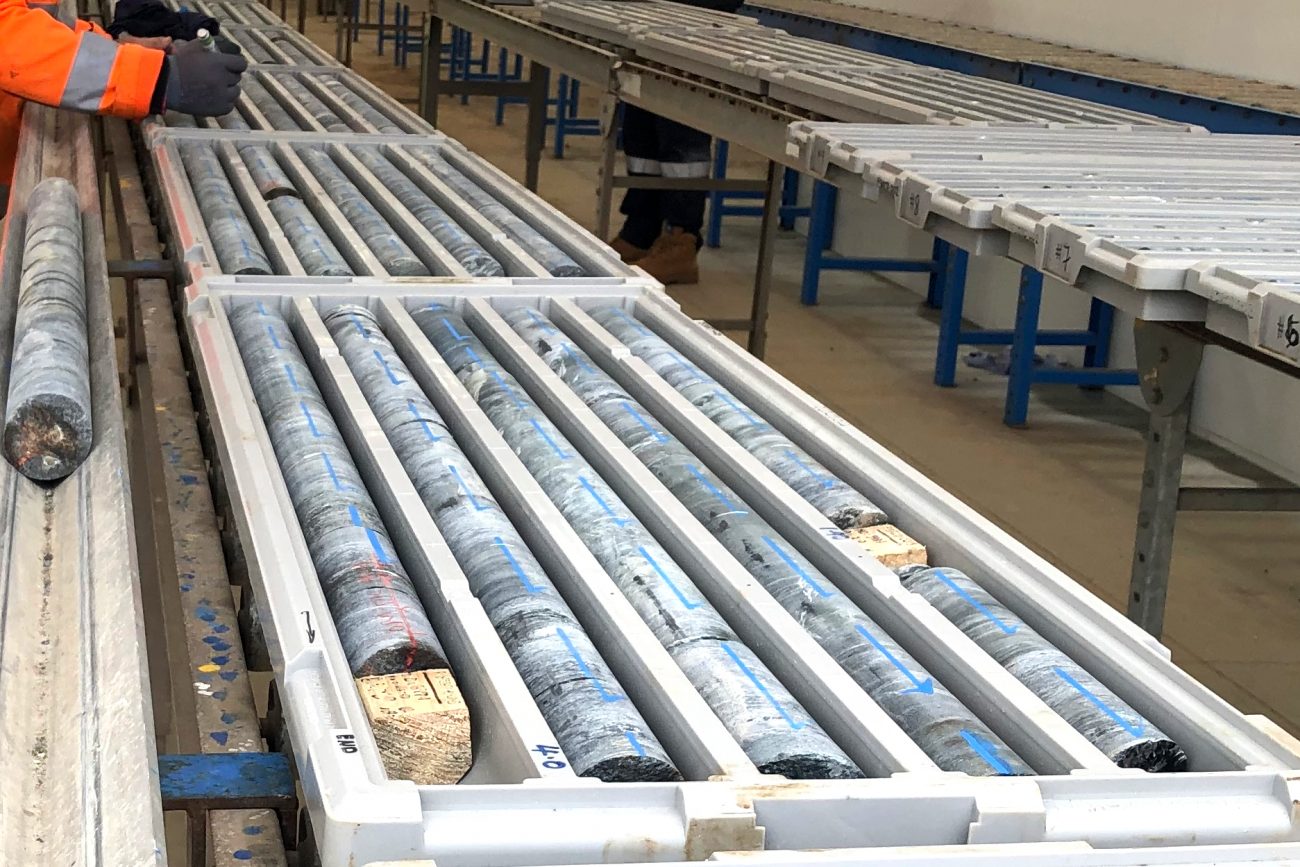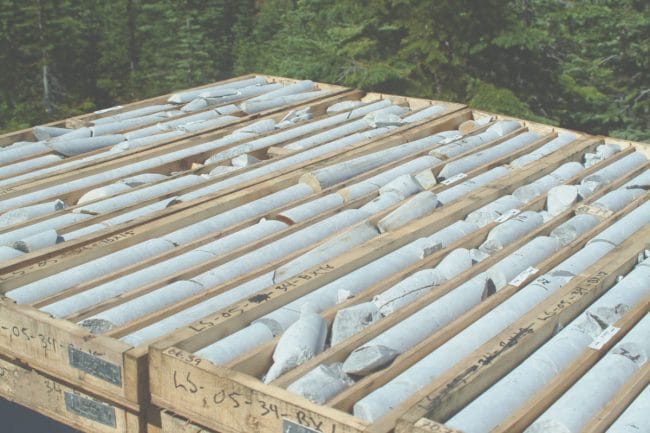Core Trays – An Australian Perspective
Experienced geologists and core shed managers consider their core tray requirements carefully before choosing core trays that will meet their drilling and core processing requirements and help maximise the quality of data gained from the core.
Australia’s harsh conditions have make it a leader in core tray innovation, including quality and the materials used. Different projects have different needs and processing and storage conditions also vary significantly. Here we describe a range of issues that are worth considering when choosing your core trays.

The Value of the Drilling Core
Drilling core and chips are expensive to obtain. Handling, processing, and storing the drilling core correctly is essential to ensuring the logging and geology teams can safely capture quality, reliable data. Quality data means more confident, accurate drilling and mining decisions and a more profitable, and more sustainable operations.
Explorers and miners are increasingly using core tray images for machine learning. The choice of tray may impact the consistency or quality of photographs, impacting the potential for successful machine learning outcomes.
Read Imago’s blog: The Journey to Machine Learning >>
Health and Safety – Strength and ergonomics
Fully laden core trays with HQ or NQ core can be heavy. Trays must be strong enough to hold the core during handling. Hand holding points should be comfortable and allow the tray to be lifted safety, especially for workers handling many trays each day on a busy production line.
Sharp edges are a hazard, especially for the older style metal core trays and hand injuries are a risk.
If the tray or hand holds have the potential to break during lifting, injuries can occur.
Queuing
In a busy core shed, trays are rolled along core racks, and lines of trays are often pushed along. Trays must remain flat and not ride up on each other, which slows the process can frustrate workers.
Stacking
During and after processing, core trays will need to be stacked. Ability to stack well is both a safety and space saving requirement.

Cheap core trays are not always the best option.
Durability
Core trays often get stored in harsh, hot or cold outside conditions. Technicians and geologists may wish to revisit the trays to validate previous data or to look for something new. Poorer quality trays may deteriorate over time and laden with core they are heavy and can break, causing injuries or rendering the contained core unusable.
Core Tray Colour
Core Trays come in different colours including black, white, grey, green and cream. The colour of the tray may impact the quality and consistency of core photos. Imago can advise on the optimal tray colour according to the rock types and photography objectives. Tray colour is also important if specialised photos such as UV are required.
Labeling
Drillers will need to write the hole name and depths on the tray. The writing must be on the top. I have been intrigued that some sites write on the side of the trays, which is invisible for core tray photos, creating serious future issues when reviewing core tray photos.
Readable, durable labelling of core trays is essential if the geology team is to make confident reliable use of the logging, scanning and photography data.
Rotating the Core
When logging, geologists may regularly rotate the core in the tray. Does the tray have ribs at the bottom of the channels that affect the ability and ease of rotating the core.
Drain Holes
You will need drainage holes, especially if core is to be wetted during logging or photographing, or if left outside with potential rain.
Changing Tray Type
With the advent of machine learning based on core tray photos, the importance of core photo consistency has increased. Machine learning models may be impacted by changes in the core tray layout, colour and labelling. Making the best decision early on is important for having a consistent photography process cover the life of the project where the quality and consistency of images are maximised.
Re-using Core Trays
Will your project discard core samples after a period of time? If so, are your trays of sufficient quality enable re-use.
Environment
Some trays are made from recycled materials. Can the recycled content be verified? Do corporate or project environment policies need to be considered?
Dynamics GEx are leaders in core tray innovation. Based in Australia with offices in Perth and Kalgoorlie. View the Sub Zero core tray from Dynamics GEx >>
Community
Drilling and mining often occur in remote locations where the local community is a key stakeholder in the project. Locally made core trays, using local skills, labour and materials can be an important benefit to the local community.
Price
Cheap core trays are not always the best option and price should be weighed against the other requirements. Core trays can enhance or impede the processing or core, reduce the quality of data collected, and may result in labelling errors, missing or difficult to read hole names and depths.




